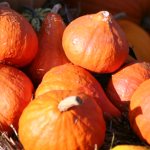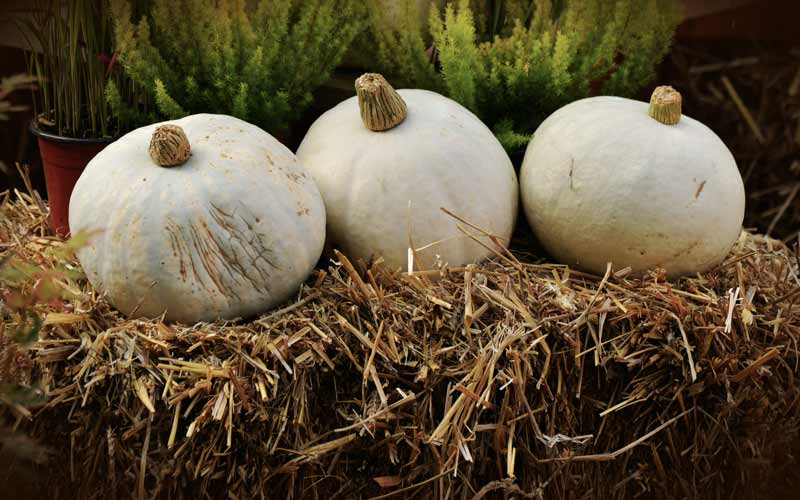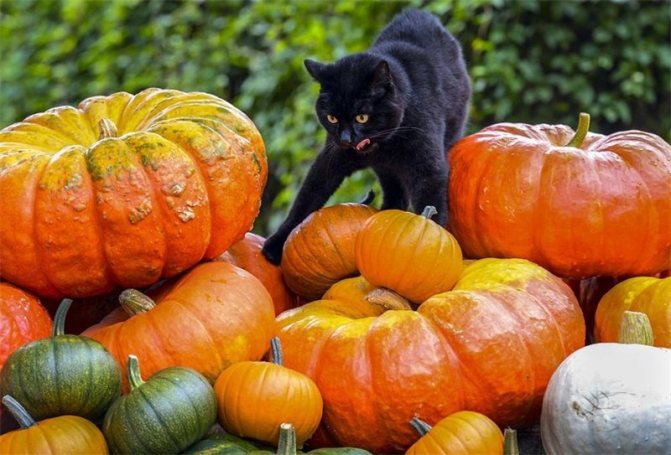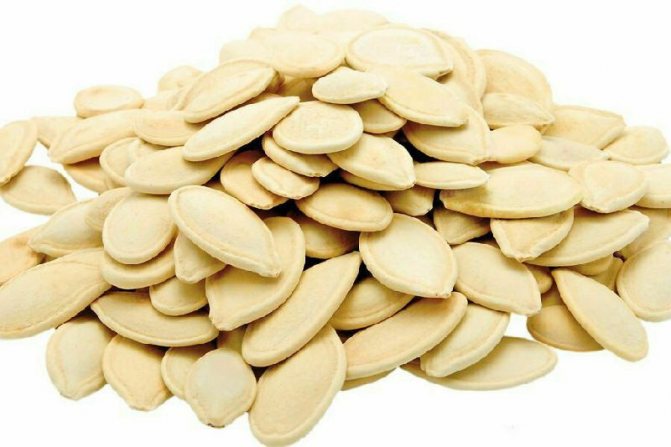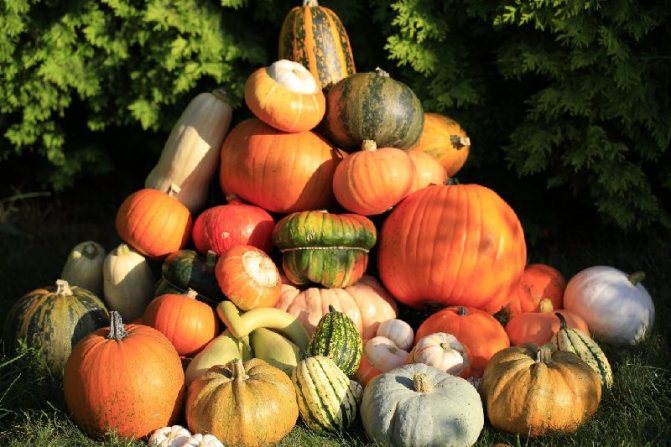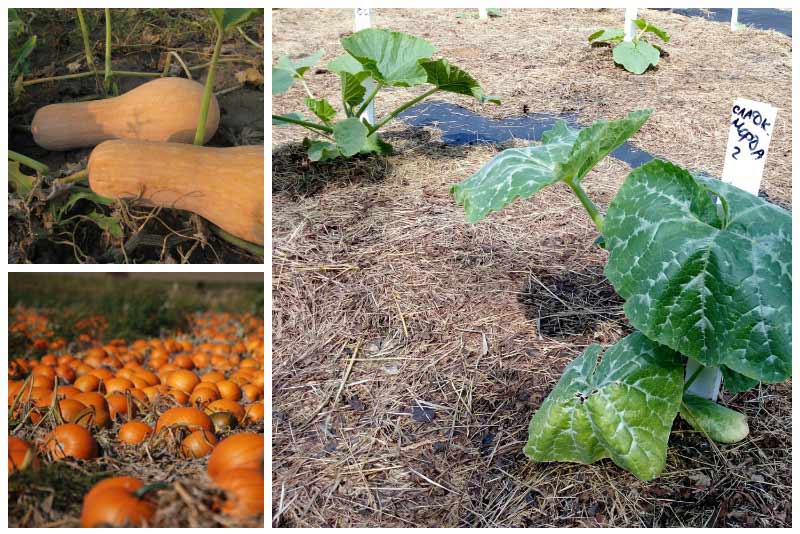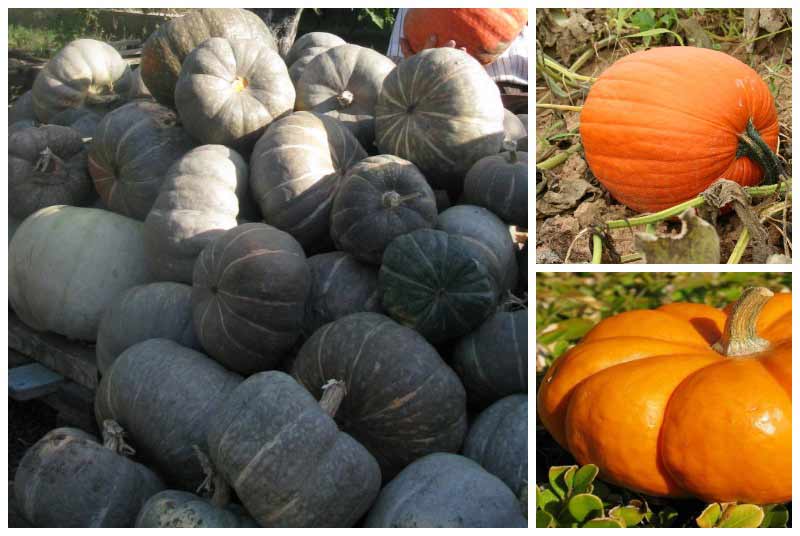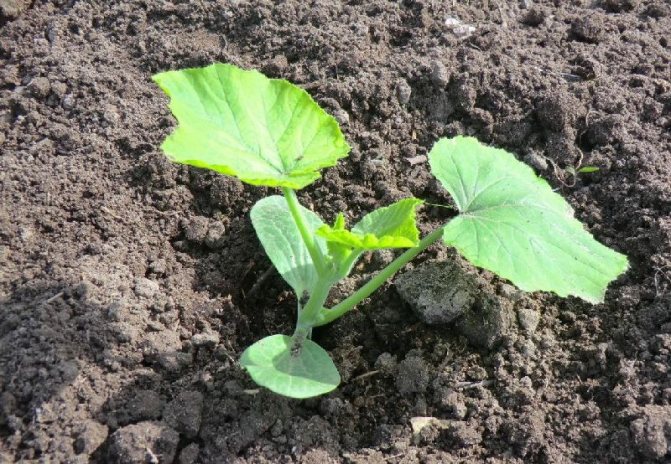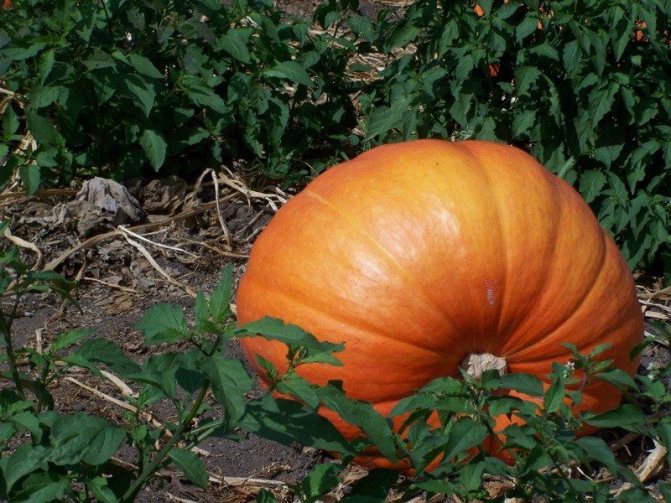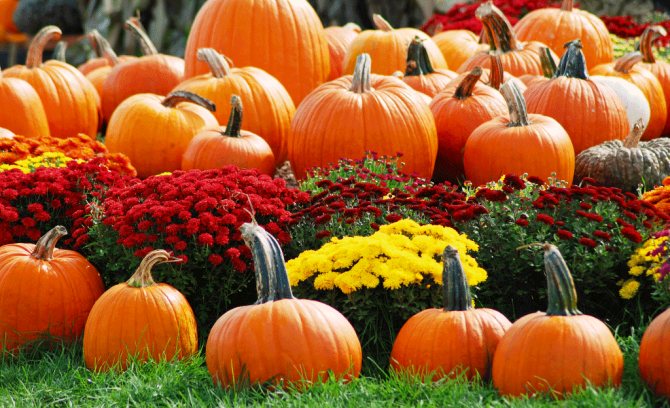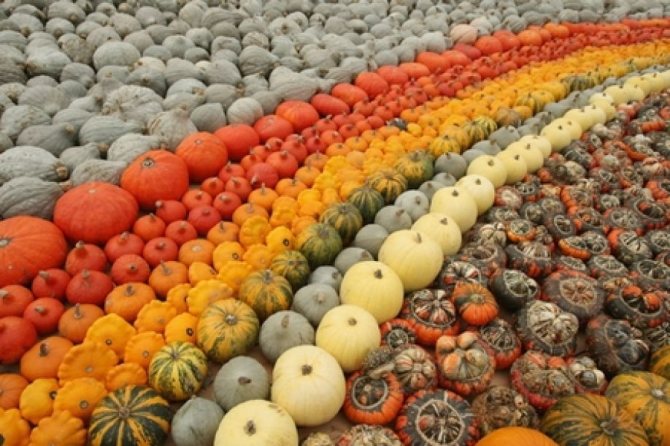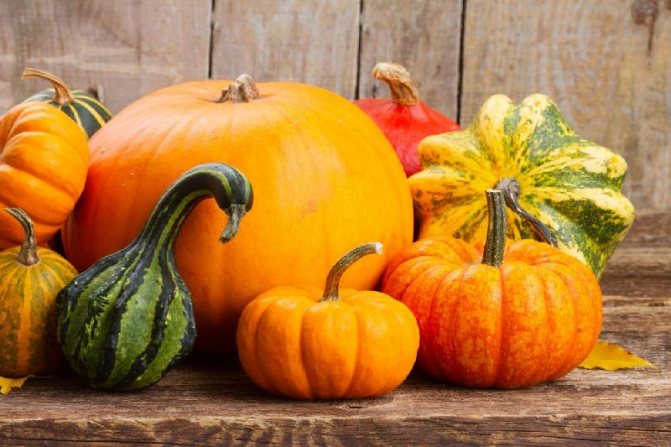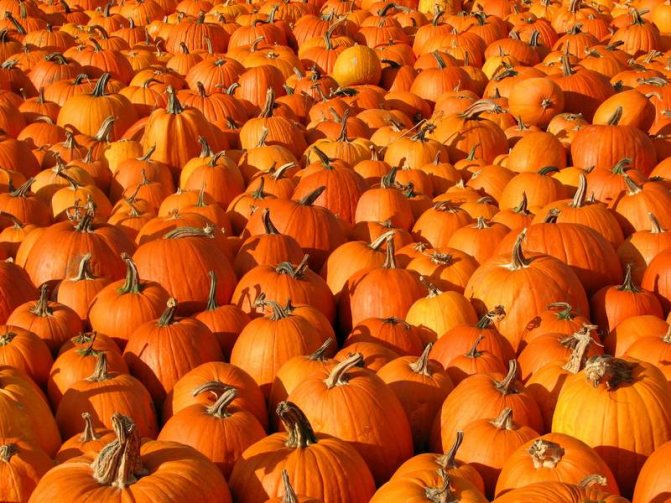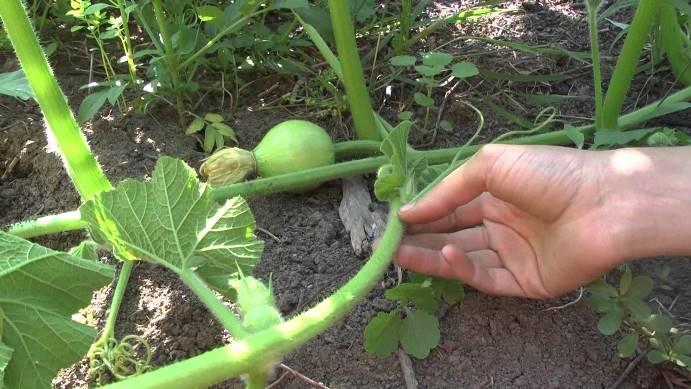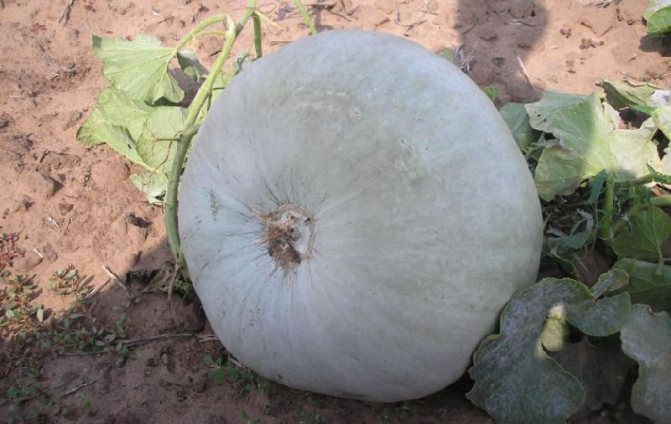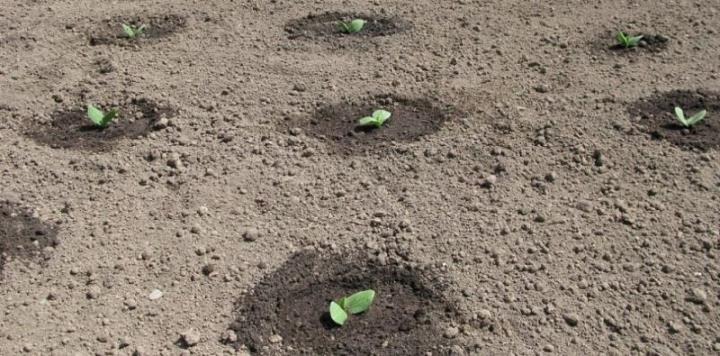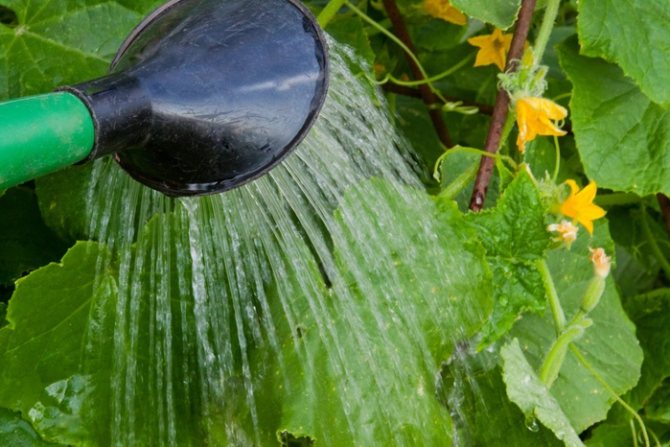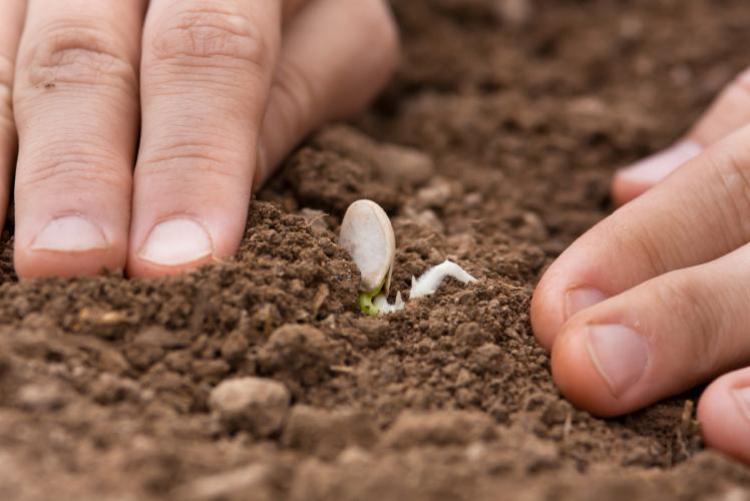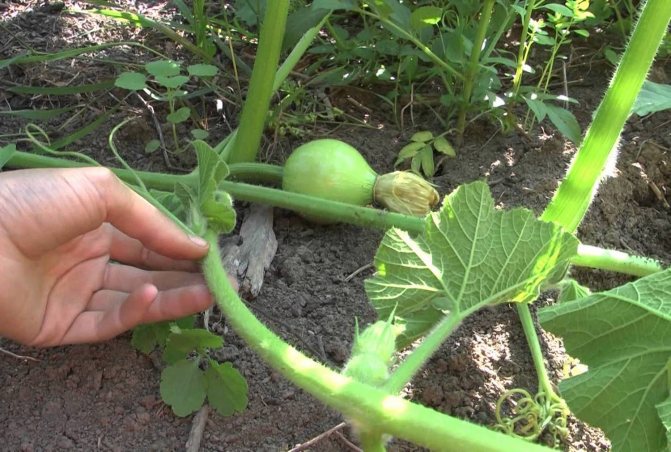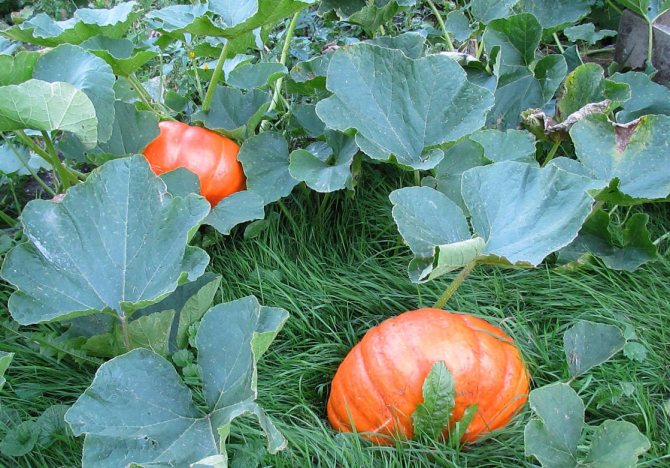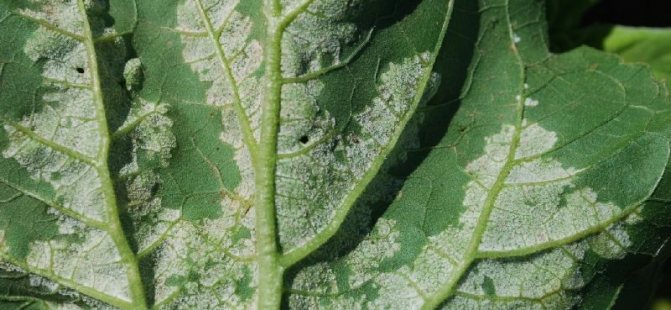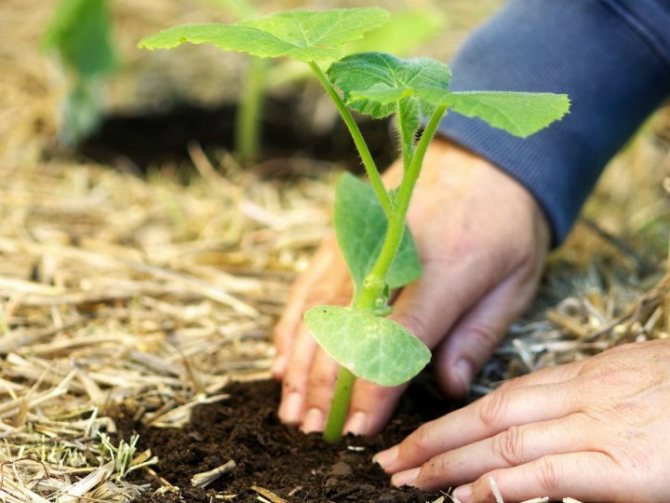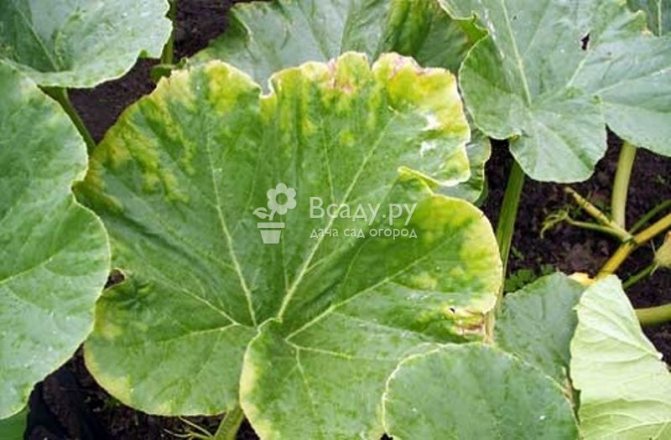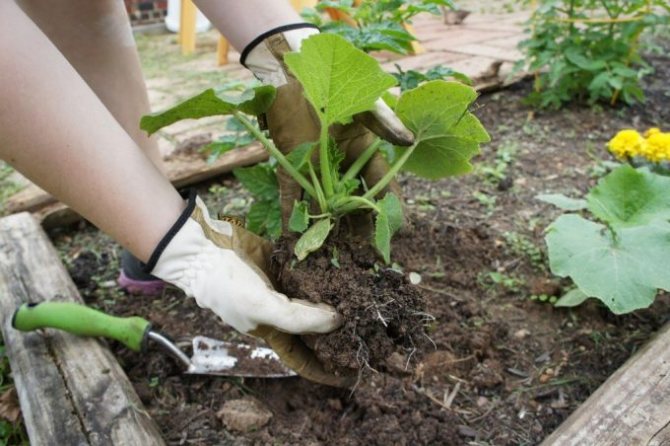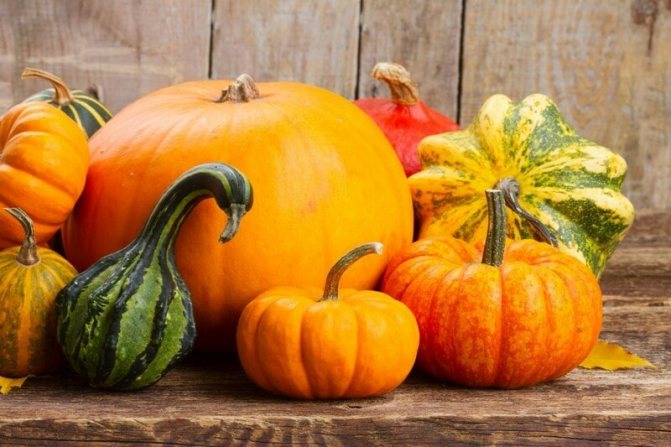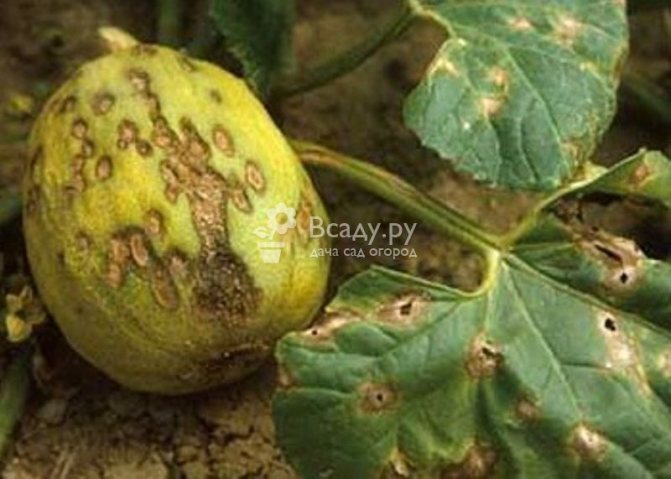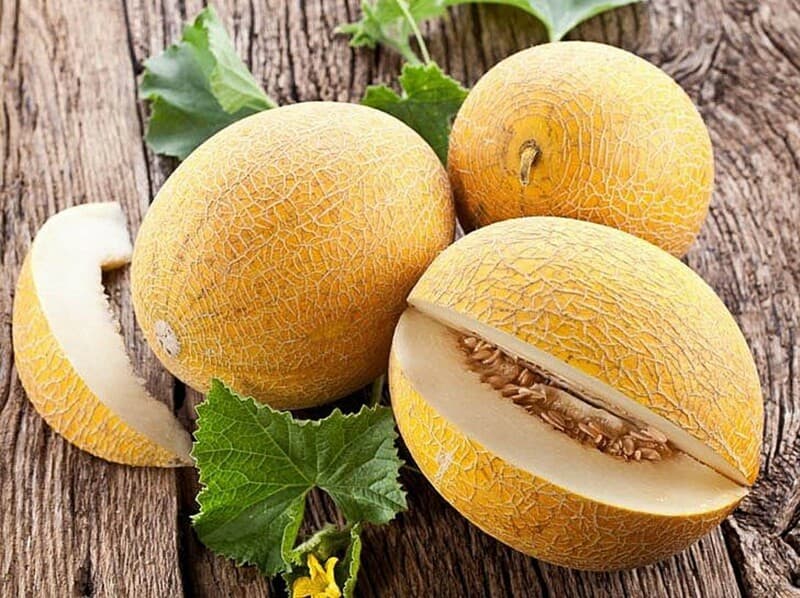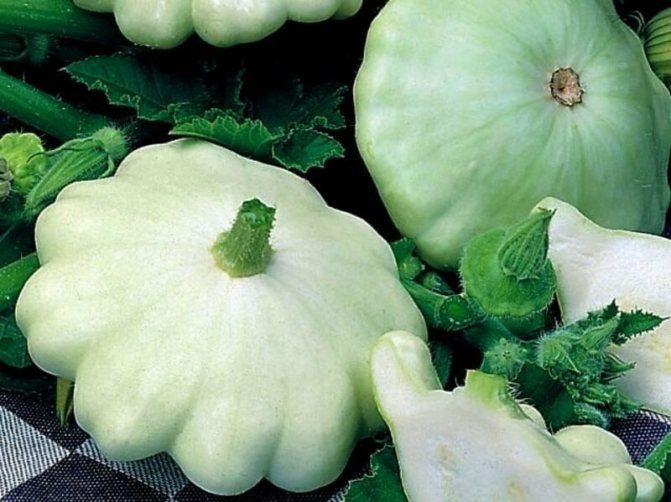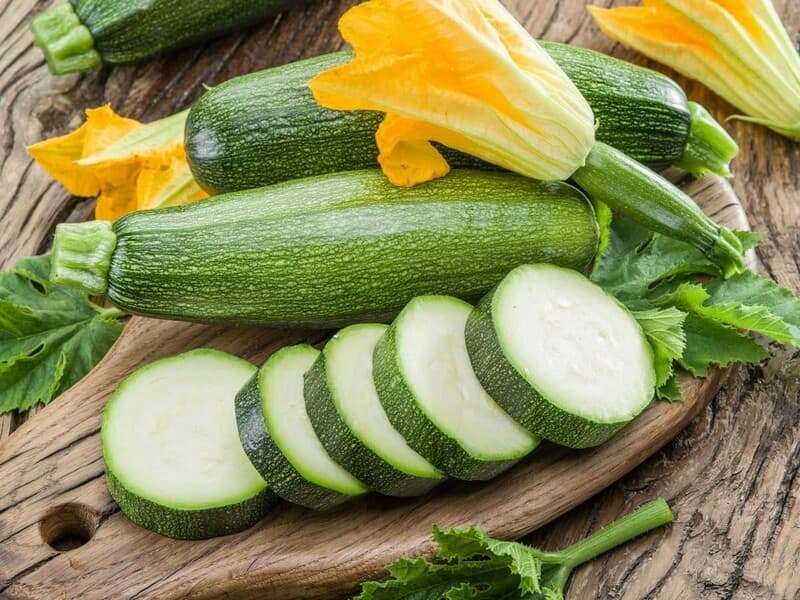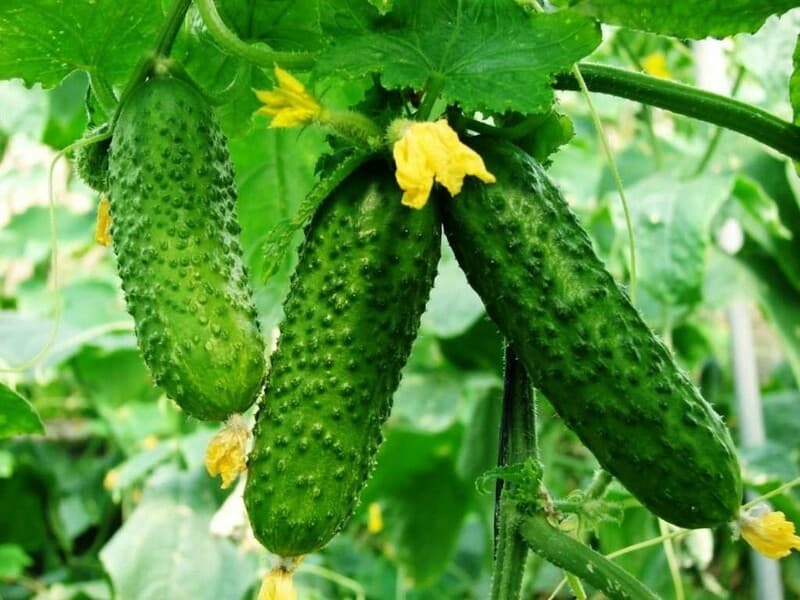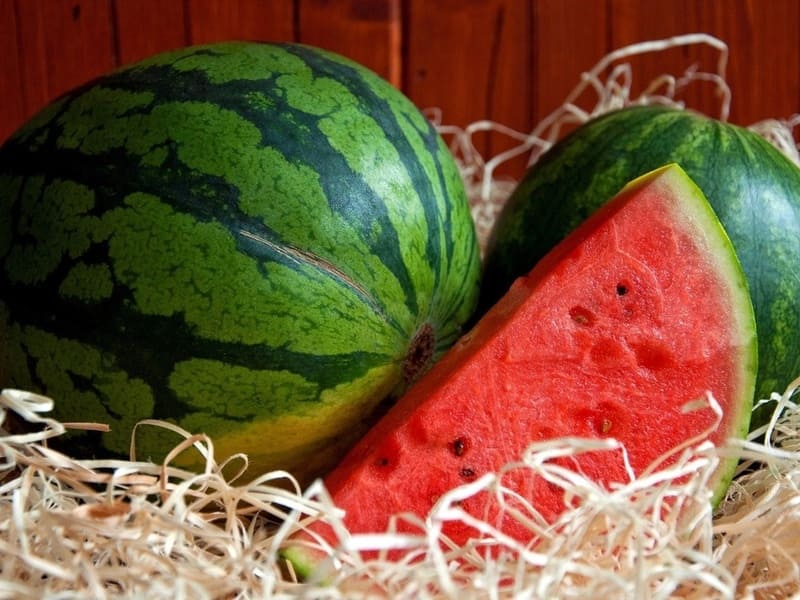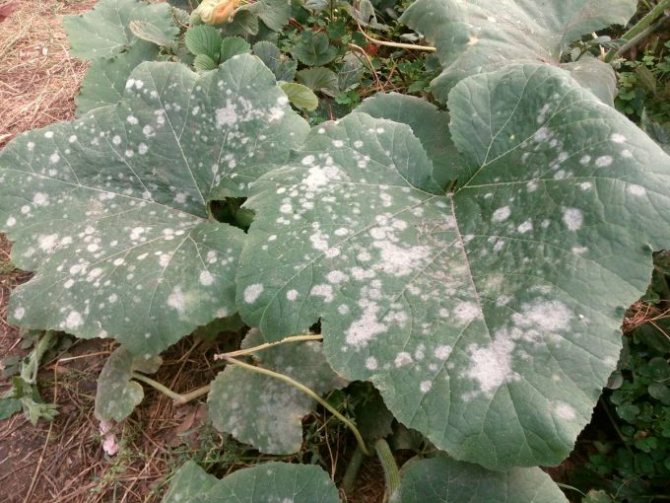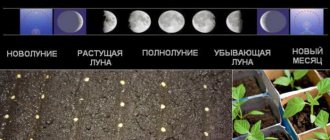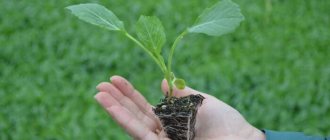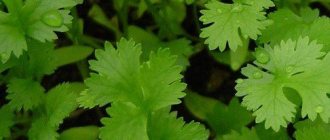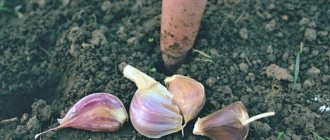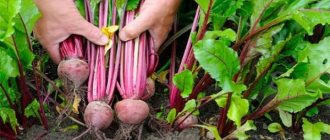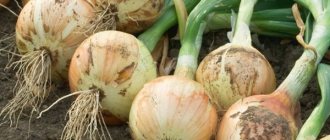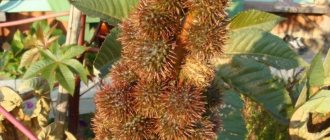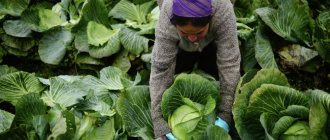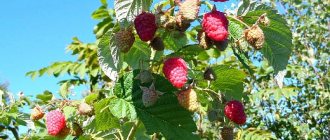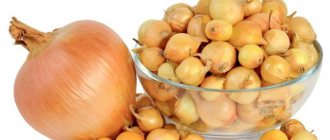Pumpkin is one of the most unpretentious crops. Correctly following all the recommendations, it becomes easy to grow it, and the pumpkin has a lot of useful properties. For example, you can make jam, porridge pie from it ... Do not forget that each region of our country has its own climatic features. With this in mind, you can get a rich pumpkin harvest.
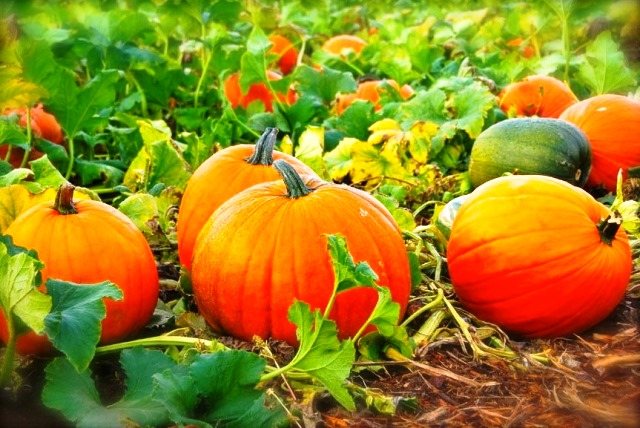
Varieties for planting seedlings
In many ways, the yield of a vegetable depends on the selected variety. They all differ in the taste of the pulp, the size and shape of the fruit, the color of the peel, and susceptibility to diseases. When choosing seeds for planting, the weather conditions in the growing region are taken into account. If the climate is temperate or cool, greenhouses or greenhouses are used to grow thermophilic species.
Of all the existing types of pumpkin, only three are grown in vegetable growing:
- Common or hard-bore pumpkin has a short growing season. Fruits with a hard crust ripen within four months after germination. The plant tolerates a drop in temperature well. Its only drawback is the poor keeping quality of the fruit.
- Large-fruited pumpkins have an oval or round shape with a layer of tasty pulp of great thickness. Their crust is not woody. Under suitable conditions, the harvest is well preserved until early spring.
- Heat-loving nutmeg vegetable varieties have the sweetest flesh. They have fruits of an elongated shape, reminiscent of a pear. In regions with a cool climate, nutmeg varieties are grown in greenhouses and greenhouses.
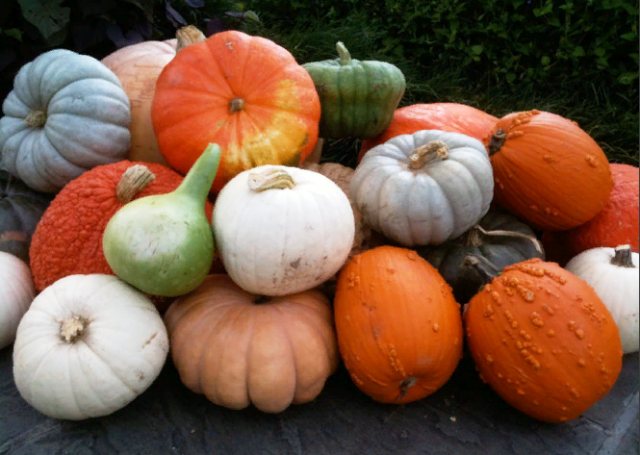

Popular varieties of common pumpkin:
- The "mushroom bush" pumpkin ripens early. It produces medium-sized fruits weighing up to 5 kg, covered with a light orange crust with green stripes. Dark yellow, firm flesh with a sweet aftertaste.
- The heat-loving variety "Kruknek Scrooge" has pear-shaped fruits with a pinkish or creamy shade of sweet and juicy flesh, covered with an orange or yellow crust with large tubercles.
- Early ripening variety "Biryuchekutskaya 27" produces oval or cylindrical fruits, covered with a thick yellow-orange crust with brownish spots. Their pulp is dense with a pleasant, delicate taste.
Common large-fruited varieties:
- Variety "Volzhskaya gray" has an average growing season. Pumpkins covered with a gray crust reach a weight of 9 kg. They have a sweetish pale yellow or orange flesh with medium density.
- Pumpkin "Barn" flat-round shape. Their weight ranges from 2 to 4 kg. The rind is dark green, covered with black stripes.
- The mid-late variety "Kroshka" forms fruits weighing up to 3 kg. They are covered with a light gray crust with small pinkish specks. Inside there is a thick layer of dense orange pulp, sweetish in taste.
Butternut pumpkin varieties:
- The late-ripening pumpkin "Vitaminnaya" has broad-shaped fruits reaching a weight of 7 kg. They are covered with a crust of dark pink color with orange spots. Inside is a thick layer of reddish, sweet-tasting pulp.
- The "Candied" variety has an average ripening period. It produces fruits weighing up to 5 kg, covered with a light brown crust. The layer of red or orange flesh is thick and dense, pleasant to the taste.
- Pumpkin "Pearl" has an average ripening period, gives a rich harvest. It has pear-shaped fruits covered with an orange, smooth crust.The inside is dense, sweet orange pulp.
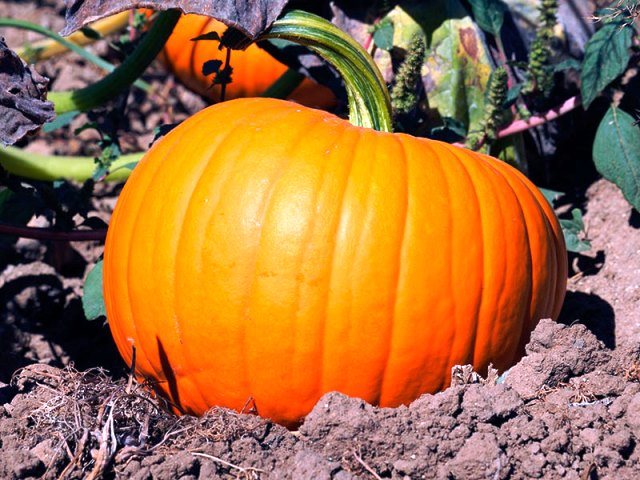

Russian woman
Russian woman. This type of pumpkin is very fond of gardeners in cold regions, as it withstands frost well. In addition, it is early maturing, so that gardeners have time to harvest before the onset of autumn rains and frosts. The latest fruits ripen a maximum of one hundred days after planting. The yield is quite high.
Pumpkin Rossiyanka also belongs to cold-resistant, as well as early-maturing varieties. The ripening period is about three months. The fruits of the Russian woman are quite large - from two to four kilograms. At the same time, up to twenty kilograms of fruit are obtained from one bush with proper care - impressive results. The pumpkin grows bright and tasty - delicate sweet pulp with a melon aroma.
Pumpkin "Rossiyanka" - early ripe pumpkin, climbing, lying, tasty, versatile
Farmers advise sowing the crop in April so that it can be planted in the ground in May-June. In this case, you can fertilize the soil with organic fertilizers, then the harvest will be richer. If you want to store the pumpkin for a long time, then provide suitable conditions for this - dry air and a room that is well ventilated.
Pumpkin seeds "Rossiyanka"
Preparing pumpkin seeds for sowing
As soon as the seed has been sorted and fertile, large seeds have been selected, it should be prepared for planting. To do this, soak:
- initially in warm water, the temperature of which is 45 ℃;
- then wrap the seeds in damp gauze or cloth until they hatch. At room temperature, this may take 48-72 hours. You will need to monitor the moisture content of the fabric, so you need to spray it with water from time to time. In the case of planting a large number of pumpkins, you do not need to put all the seeds in one gauze. Better to divide into several small pieces.
Soaking helps not only to speed up the emergence of seedlings, but also makes the seeds inedible for parasites, disease resistant.
Often, in addition to soaking, the seed is also hardened. This will help increase the cold resistance of the crop. For this purpose, the hatched seeds, without getting them out of a damp cloth, should be placed on the lower shelves of the refrigerator for about 4 days. You can use top dressing. To do this, sprinkle 25-30 seeds wrapped in a cloth with ash.
Preventive measures to combat diseases and pests
It is recommended to strictly follow the rules of agrotechnical measures:
- Before sowing, process the seed in potassium permanganate, zinc sulfate, "Fentiuram" (0.02%).
- Select quality material for sowing.
- Do not cultivate various melons and gourds nearby.
- Deep plowing with fresh manure.
- Destroy plant residues removed from the beds.
- Observe the rules of crop rotation.
In especially difficult cases, you need to use chemicals.
When to plant pumpkin seeds for seedlings in 2020
By the time of planting in the garden, the age of the pumpkin seedlings should be approximately 20-25 days. Overgrown seedlings adapt much worse in the ground after transplanting. In addition to weather conditions, experts recommend taking into account the recommendations of the lunar calendar.
Lunar calendar
The influence of the moon on the growth and development of plants has long been proven. There are favorable and unfavorable days for planting. For root crops and plants yielding in the aboveground part, different time periods will be suitable.
Favorable days for planting pumpkin seedlings in 2020:
- in March - 7, 14, 20;
- in April - 6, 18, 24;
- in May - 6, 20, 22;
- in June - 4, 18, 20.
The following dates are not suitable for sowing:
- in March - 6, 21;
- in April - 5, 19;
- in May - 5, 19;
- in June - 3, 17.
If it was not possible to land on favorable days, you can do it in a neutral time interval.In this case, you definitely will not harm future seedlings.
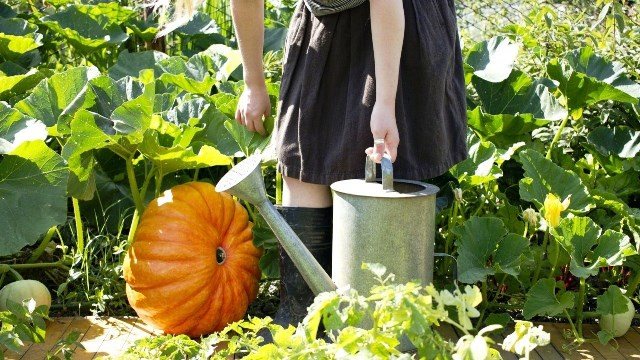

Honey beauty
It is also a very popular bush pumpkin. The varieties of this group usually have rather neat fruits. This applies to the Honey Beauty in full measure. The advantages of the fruits of this variety also include their excellent taste.
The Honey Beauty pumpkin ripens approximately 90-100 days after planting. They have a rounded shape with clearly defined ribs. The color of the peel of this variety is orange. Actually, the bark itself of the Honey Beauty is very thin. The pulp of the fruit is juicy, sweet, crunchy and aromatic. The weight of pumpkins of this variety can reach 4-6 kg.
Sowing dates for pumpkin by region
You can calculate the sowing time based on the date of relocation of seedlings to open ground. The soil and air outside by the time of planting should be warmed up to at least 12-15 degrees. In every region, such weather occurs at its own time. The earliest planting is carried out in the Crimea and Krasnodar Territory - seedlings can be planted in the ground starting from mid-April. This means that sowing should be done at the end of March.
In outskirts of Moscow
In the Moscow region and nearby regions, the pumpkin can be planted on the site by the end of the first decade of May. It is by this moment that the earth will be sufficiently warmed up, and it will be possible not to be afraid of return frosts. Sowing seeds for seedlings in this region is necessary in the second half of April. If the spring is early, or vice versa, it will be late, the timing will have to be adjusted.
In the Leningrad region
The climate of the Leningrad Region is characterized by abrupt weather changes, high rainfall, short and cloudy summers. Warm weather here is finally established in the last days of May, and sometimes later, so sowing should be done in the first days of the same month.
In Siberia
Summer in Siberia is warm, but not very long. Spring can be very long. The threat of frost will pass only by mid-June. It is risky to plant heat-loving seedlings earlier than this. Based on this, sowing pumpkin for seedlings will need to be done in the last decade of May.
If in the northern regions it is planned to grow pumpkin in a greenhouse, sowing can be done 1.5-2 weeks earlier than the generally accepted date.
In the Urals
The Ural ridge has a considerable length, hence the significant climatic differences in different regions of the Urals. In general, we can note the similarity of the local climate with the weather in the Leningrad region. Snow in the Urals can unexpectedly fall even in the summer months. It is better to play it safe and plant pumpkin seedlings in open ground by the end of the first decade of June. It turns out that it will be necessary to sow seeds at the end of the second decade of May.
In Ukraine
In most regions of Ukraine, pumpkins are planted in the garden at the end of April. If the weather is cold, it is better to postpone the event until early May. They start sowing seeds at the beginning of April, guessing the timing so that after 20 days the seedlings are in the ground.
Necessary growing conditions
The pumpkin will be able to achieve maximum parameters in open ground conditions with the proper conduct of agricultural activities.
Illumination
Pumpkin is a thermophilic vegetable crop. Good solar illumination of 10-12 hours is important for its cultivation. Otherwise, the plant will not be able to form an abundant ovary, it will be subject to diseases.
Temperature regime
During the sowing period for pumpkin seedlings, it is necessary to provide a temperature of 22-23 ° C in a greenhouse, greenhouse or at home. By the time of germination, the temperature should be 18–25 ° С. By the time the shoots appear, it must be reduced to 15–18 ° С. Sow seeds into warm soil. During sowing, the temperature already corresponds to + 13 ° C.
The soil
The vegetable culture prefers medium loamy soils. To increase the yield, it is preliminarily prepared:
- Digging up.
- The plot is watered with boiling water.
- Potash or phosphorus fertilizers, compost, manure are applied.
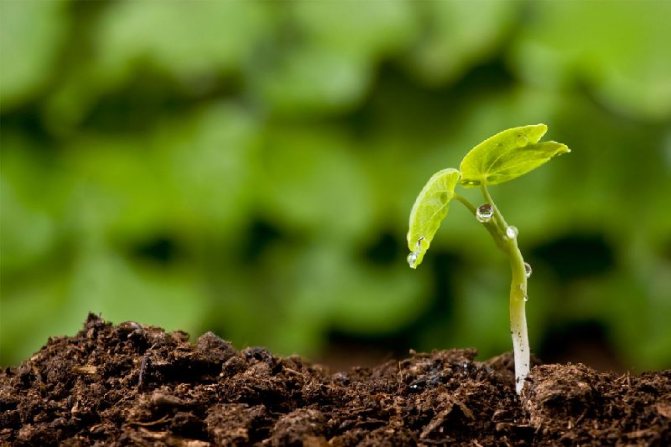

The best fertilizer option is considered complex, when the soil is enriched with various types of nutrients.
Picking
When growing pumpkin in a common container, young seedlings need to be dived. Basically, out of three shoots, one stronger is chosen. Sometimes seedlings are thinned out by transplanting excess plants into a separate container. The culture does not tolerate this process well, therefore it should be removed along with an earthen clod.
A pick is necessary, as the seedlings become thicker as the pumpkin grows. Because of this, the sprouts begin to struggle to obtain nutrients from the soil. As a result, the seedlings will weaken, which will lead to a weak and poor harvest. But due to the fact that the culture does not tolerate transplantation and work with roots, you should dive carefully. This is important, since damage to even one cotyledonous leaf will cause delayed development.
During the procedure, the planting depth is important. Ideal if the cotyledon leaves will protrude 5 mm above the soil. Otherwise, the growth point will be damaged and the sprout will die.
Dive rules:
- make holes in the ground;
- carefully dig out the seedling and insert into the prepared hole;
- cover with soil;
- tamp and water with the root method. You need to make sure that water does not get on the leaves;
- after absorbing moisture, sprinkle this area with dry soil.
After the completion of the dive, the seedlings must be transferred to a shaded place, protected from UV rays. You can take it out on a sunny windowsill after it has taken root.
Botanical description of pumpkin
- The stem of pumpkin plants is a long shoot that mainly spreads along the ground or clings to surrounding objects with the help of antennae - most likely, modified leaves. The stems are very juicy, especially rich in water content.
- Pumpkin leaves are devoid of stipules, have petioles. They have a rigid structure (the coating is either soft, hairy, or flat).
- Pumpkin blooms with inflorescences or single flowers of the correct shape. Structurally, they consist of a calyx and a corolla fused at the base. The number of petals in different species can vary from 3 to 6. In male flowers, 5 stamens develop, and they can grow together in pairs or even all together. Female flowers also contain stamens, but they are sterile.
- Pumpkin fruit is a pumpkin with a high seed content. Sometimes the fruits grow to enormous sizes (pumpkins, watermelons). The surface of the fruit is often hard, almost woody in strength.
- Pumpkin seeds are protein-free.
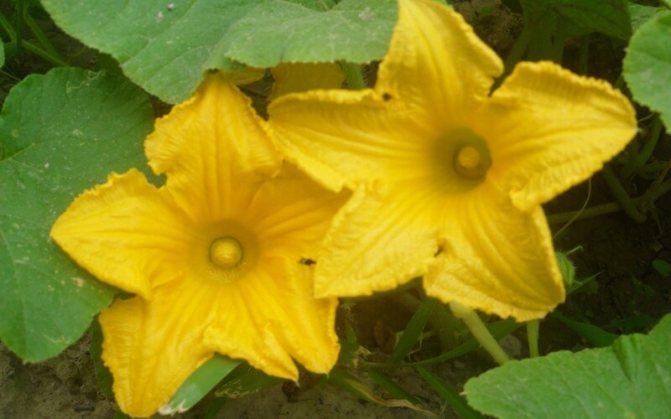

Flowering pumpkin
The mad cucumber (Ecballium elaterium), which belongs to the pumpkin family, is distinguished by the fact that when plucked, its fruit explodes, with force throwing out the seeds.
Open ground transplant
When the seedlings get stronger, and the air and soil warm up to the required indicators, you can transplant them to a permanent bed. So, the land on the site should be 10-12 ℃.
You need to prepare a place for the pumpkin in the fall. For example, dig up the soil and fertilize. As a top dressing, you can use 3-5 kg of humus, 200 g of lime or 30-40 g of complex fertilizer. These substances are given per 1 m².
It is necessary to plant bushes at a distance of 1 m from each other. The distance between the rows can be 1-1.5 m. If they were grown in peat cups, then they can be planted right in them and planted in the ground. But in the case of planting in a common box, it should be transplanted by the method of transshipment with an earthen clod, so as not to damage the roots.
Before "moving" to a new place of residence, farmers recommend hardening the young pumpkin. To do this, take the sprouts to the balcony for several hours, then for 10-12 hours, and after a few days they can be left overnight.
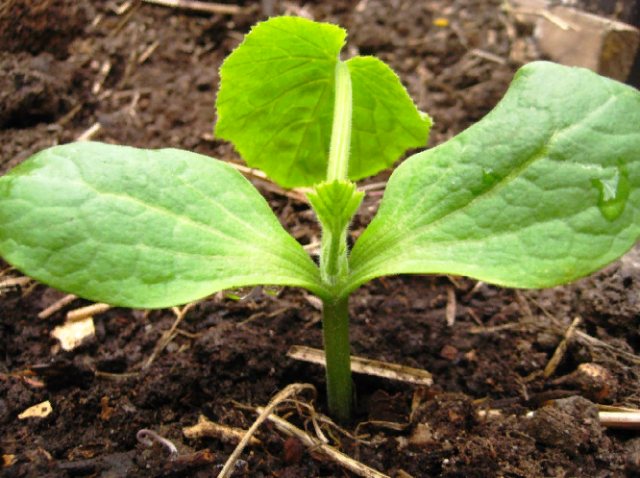

You need to carry out the procedure in cloudy weather or in the evening. The main thing is that there is no direct sunlight. Water the seedlings in the new place abundantly and provide shade.
Transplant algorithm:
- Prepare the soil. Dig it up and get rid of the weeds.
- Add 1 tbsp. nitroammofoski per 1 m².
- Water the soil. There should be 10 liters of water per 1 m².
- Leave on for 48 hours.
- Plant seedlings in pre-prepared holes. Add 2 tablespoons to each of them. wood ash.
After this procedure, the culture will begin to grow faster and give a rich harvest.
The warmth of the earth
I like to plant everything with seedlings. I seed with a margin to choose the strongest plants. When I dig holes, my hands feel warm. How can one not grow here? Of course, the excavation is hard, but worth it. The soul rejoices when thick, powerful shoots of the future pumpkin appear from the seedlings.
Of course, I direct them to a special reinforcement structure. First, along a rope with knots, and when they grow to the top, I throw them over the iron rods and so then I wrap them around them.
I have the other end of the rope on the roof of my summer shower. And then beauty begins: huge green leaves grow and among them - orange flowers. I remove everything from the side shoots, leave two or three pumpkins on one lash, pinch the growth point. If this is not done, an impenetrable jungle will form.
The photo was taken on July 20, at this time I feed pumpkins and everything else with nettle infusion, adding dry chicken droppings and onion peels there. At the same time, I put nets on the pumpkin and tie them to the reinforcement. The nets were crocheted from a strong thin twine according to the principle of stitching - remember, there were such before? Pumpkins grow for another two months, and if they are not tied, they will come off, because each weighs from 5 to 10 kg.
I have grade Prazhskaya
, four bushes give 12-15 pieces. If the reinforcement bends, I put supports from a bar. This method helps to save space, and let the pumpkin on the ground - so it will need a whole field. I do not have this field.
In the fall, I grind all the tops - pumpkins, cucumbers, and much more - into a compost pit; in the spring, all the work is repeated.
Someone will find my idea time-consuming - I admit it. Fortunately, I have cucumber barrels three steps from the pumpkin, so I manage the earthworks in spring ... in just one day!
Pumpkin care
It is very easy to care for a pumpkin. The main rule is regularity.
Table
| Name | Description |
| Watering | Moisten the plantings regularly. Water is used warm, settled. An excellent irrigation method is drip irrigation. If this is not possible, a groove is made around the perimeter of the trunk circle, where the next portion of water is poured |
| Soil treatment | To maintain the breathability of the soil, the beds are systematically loosened. Weeds are removed at the same time. The right time for activities is after watering |
| Top dressing | Pumpkin grows well in fertile soil. To replenish the supply of nutrients, feed the crop every two weeks. Before flowering, nitrogen-containing fertilizers are used, then the composition is changed, increasing the proportion of phosphorus and potassium |
| Formation | The leaves of the culture grow faster than fruits. To speed up ripening and increase the size of vegetables, remove excess ovaries, leave 2-3. Also pinch and save 3-4 leaves of lashes, on which the fruits are located |
| Protection against diseases and pests | Aphids, whiteflies and spider mites harm the shoots. Common diseases that can develop when growing pumpkin are powdery mildew and root rot. Insecticides help against pests, and fungicides against pathogenic organisms |
After the formation of the ovary, pesticides cannot be used. To make the fruits safe for consumption, folk remedies or biological products are used to protect them.
Harmful properties
Pumpkin seeds bring a lot of positive things to any body, but still there are situations when they should either be completely excluded from the diet, or the amount of consumption should be reduced:
- in the presence of chronic or temporary disorders of the stomach and intestines;
- a stomach or duodenal ulcer;
- allergy;
- hypotension;
In addition, it is recommended to exclude pumpkin seeds for the period of breastfeeding and not to include them in the diet of children under six months.
The period of growth and ripening of pumpkin
When the pumpkin is ripe, you need to stop watering it and leave it for a few days so that it picks up sugars in its pulp. Harvesting begins before frost, in late August and early September. You can determine the maturity of the pumpkin by the pattern on the crust (each variety has its own) and the hard stalk. To increase the shelf life, you need to cut the pumpkin along with the stalk, and then leave the crop to dry for a week. Any pumpkin variety is well preserved for 1-2 months after harvest. The best way to store pumpkin is in a cellar, that is, in a cool, dry and dark place. If one of the conditions is not met, the shelf life of the pumpkin may be reduced.
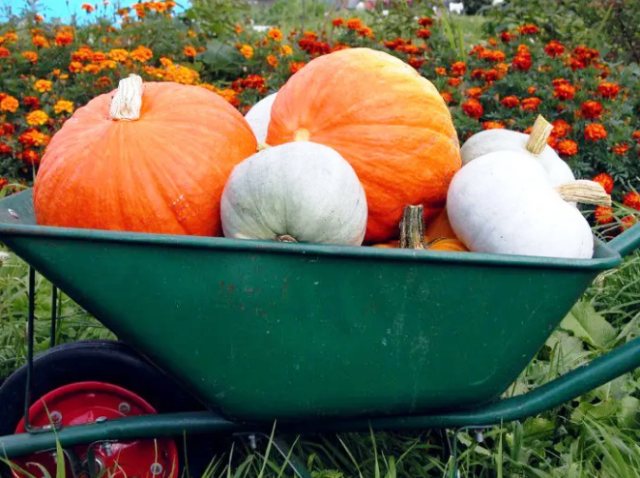

Vitamin
Vitamin. The variety belongs to the type of nutmeg, late-ripening. The growing season exceeds 4 months. In addition, the fruits grow not very beautiful, but of an unusual oblong shape. They are somewhat reminiscent of a barrel. But the best pumpkin variety is not for its appearance, but for its beneficial properties. The pulp is very rich in carotene.
Plus, it's crispy and tasty. In addition to its taste, the variety is notable for its long shelf life. Under normal home conditions, you can store it for a year. The plant is very resistant to diseases, however, it does not tolerate frost well. And due to the long ripening period, it is not suitable for many regions.
Interesting Facts
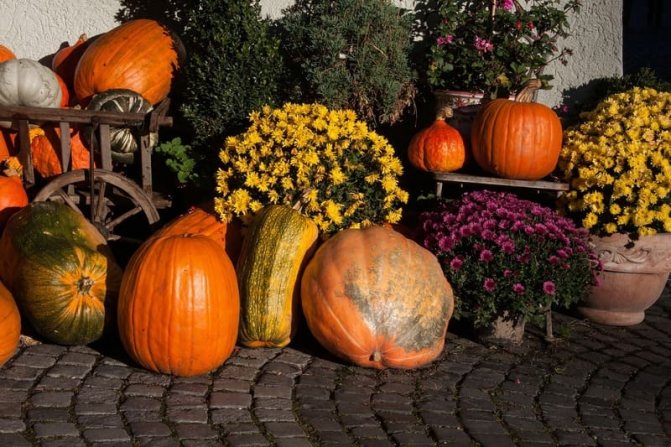

- Pumpkin fruits are actually berries (like a watermelon, for example). In rare cases, their weight can even exceed 100 kg! The largest pumpkin ever grown has reached almost 600 kg in weight.
- 7000-year-old pumpkin seeds are found in Mexico.
- In total, there are more than 800 different varieties of pumpkins in the world, but only 200 of them are edible.
- Pumpkin seed oil is especially rich in carotene, linoleic acid, selenium, vitamins A, E, K. It is beneficial for the body in terms of removing excess cholesterol. However, it takes about 35 ripe pumpkins to cook just 1 liter of oil!
- Cucumbers and melons are descended from a common ancestor.
- The thorns on the cucumber are used to remove moisture. Small droplets of water can be seen on them in the morning.
- Pimpled cucumbers in Europe are sometimes called "in a Russian shirt".
- The Egyptians put cucumbers in the tombs of their relatives. Cleopatra, for example, greatly revered cucumbers, repeatedly calling them "the reason for her beauty."
- The Bible says about the cucumber: "the vegetable of Egypt."
- One cucumber bush grows from 25 to 125 vegetables.
- Watermelon can be eaten completely. Its rind is rich in vitamin C.
- The heaviest watermelon known to man was grown in the United States. The weight was 159 kg!
- Watermelons are not only round, but square and triangular in shape. Square watermelons (there are square cucumbers too) were bred specifically to facilitate transportation and storage.

